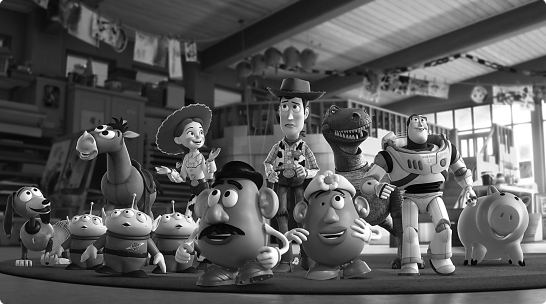Individual Differences
Individual Differences
Page 205
Members of a particular group may share goals and an identity, but they each bring personal differences too that can strongly affect communication. Let’s examine how cultural factors and communication apprehension—which vary by individual—affect our ability to communicate in groups.
Cultural Factors. As you’ve learned throughout this book, culture has a big impact on how we communicate. When a group has culturally diverse members, that diversity can have benefits (such as enabling the group to produce a wide array of viewpoints) as well as challenges (including misunderstandings between members).
Technology and You
Have you ever belonged to a group that used technology to address communication apprehension? If so, what technological tools did you use? How effective were they?
People from individualist cultures will likely more openly vocalize their disagreement with others and try to persuade each other, while the collectivists may feel “bulldozed” as they stifle their own objections for the good of the group.
As we noted earlier, cultures in nations such as the United States, Great Britain, and Canada are largely individualist, valuing personal accomplishment and competition. As such, people in individualist cultures want their own opinions heard and appreciated, and so they may strive to have their ideas “win” within the group. In a collectivist culture, people value cooperation and group harmony. They allow group norms (rather than their own personal goals) to have the largest influence on their behaviors and thoughts (Triandis, Brislin, & Hul, 1988). Not surprisingly, this difference can present a challenge when members of these cultures are working together in groups. People from individualist cultures will likely more openly vocalize their disagreement with others and try to persuade each other, while the collectivists may feel “bulldozed” as they stifle their own objections for the good of the group.
Gender and sex differences can also affect group communication largely due to the social expectations of masculine and feminine individuals. For example, research shows that women are socially encouraged to focus on establishing relationships within a group, while men—who are socialized to focus on autonomy and success—tend to pay more attention to completing the task at hand (Baird, 1986). Moreover, masculine individuals seek to display signs of their power while communicating in groups (for example, pointing out their credentials or their achievements), whereas those with a more feminine style are likely to show signs of affection toward each other (Helgesen, 1990). These differences were cleverly mocked on The Simpsons in an episode in which Springfield Elementary is suddenly divided into two separate schools. Lisa enjoys the camaraderie at her new, all girls’ school but is disappointed to find her math class focused, not on arithmetic or geometry, but on self-esteem, group sing-alongs, and “feeling math.” She winds up dressing as a boy in order to attend the all boys’ school, where she can learn without anyone worrying about hurting people’s feelings. Lisa rejects her gender socialization in order to find a more appropriate group setting in which to further study her favorite subject (Brooks & Groening, 2006).

Communication Apprehension. The next time you’re sitting in your communication classroom or logging on to a discussion forum in your online course, take a peek around. Is there someone who never speaks up or raises a hand? Is there someone who rarely posts thoughts on a discussion board? Perhaps you’re assuming that this person has nothing to say or that he or she is a social loafer. Maybe you’re right. But it’s also possible that this individual feels uncomfortable participating in group conversation even when his or her contribution would clearly help the group. What explains this communication apprehension? Scholars have identified several causes (Schullery & Gibson, 2001):
- Lack of self-esteem. When an individual doubts the worth of his contributions, he may decline to speak up in a group. Fear of being wrong, of being mocked, or of creating a bad impression can further lead to communication apprehension.
- Status differences. Group members who hold a relatively low position in the group’s social or political hierarchy may avoid disagreeing with their superiors in the group because they fear retribution from the more powerful persons.
- Unbalanced participation. When a group member—or a small number of group members—dominates the conversation in a group, the less aggressive members may retreat from communicating. This strongly influences how decisions get made in the group.
THINGS TO TRY
Read up on the history of some influential but now defunct music group (such as the Beatles, Nirvana, or Public Enemy). Did the group go through all the stages of group development outlined in this chapter? How did the group determine roles and establish norms? How did members deal with conflict? How did the eventual disbanding of the group play out?
Some simple techniques can help a group address communication apprehension among members. For example, to ease self-esteem problems, consider starting a group meeting by having each member tell what he or she appreciates about the member to his or her left. To neutralize status differences, have members sit in a circle and invite lower-status members to speak before higher-status ones. To rebalance participation, suggest a norm that calls for everyone to weigh in on ideas presented in the group. Or look for members who are holding back and invite them specifically to contribute their views.

LearningCurve